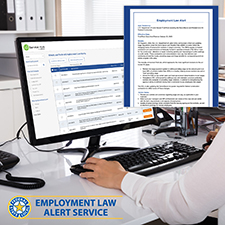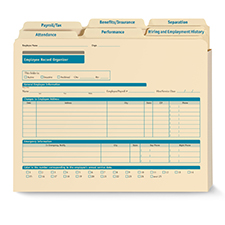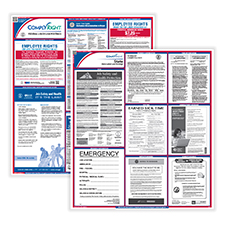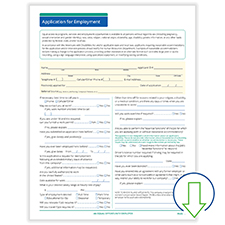
In today’s rapidly evolving work world, artificial intelligence (AI) is revolutionizing industries and transforming job roles. As AI becomes increasingly integrated into everyday business operations, the importance of reskilling and upskilling employees cannot be overstated. Reskilling involves training employees for brand-new skills to leverage AI, while upskilling focuses on improving existing skills to effectively use AI technology.
In this article, we’ll explore AI’s impact on work environments – and how to reskill and upskill employees to unlock AI’s full potential.
Embracing the AI Revolution
From chatbots handling customer inquiries to predictive analytics optimizing supply chains, AI is shifting work dynamics by automating tasks, enhancing decision-making and improving efficiency.
The accelerated adoption of AI highlights the critical need for reskilling and upskilling initiatives. According to Gallup, 22% of workers fear their jobs could become obsolete due to technological advancements – a significant increase from 15% in 2021. In this AI-driven landscape, reskilling and upskilling initiatives are more than beneficial – they’re imperative for survival and growth.
Prepare now! Your actions today will shape a skilled, adaptable workforce capable of leveraging AI’s full potential tomorrow.
Tips for Helping Employees Adapt to AI
Take these actionable steps to address the challenges presented by AI – and to support employees in reskilling and upskilling:
- Clarify AI strategy and value – Communicate openly about AI implementation, its impact on roles and future opportunities. Set clear job change expectations and highlight AI’s organizational value.
- Promote open communication – Foster an environment where employees feel comfortable expressing concerns about AI's influence on jobs and skills. Address fears and provide reassurances about healthy human-AI collaboration.
- Identify skill gaps – Conduct comprehensive assessments to identify current skill gaps relative to AI-driven job requirements. Understand the technical and soft skills needed for successful AI integration.
- Offer targeted training programs – Develop tailored training initiatives to bridge identified skill gaps. These programs should cover technical training and emphasize creativity, problem-solving and emotional intelligence.
- Cultivate a growth mindset – Encourage a culture of continuous learning and adaptation. Emphasize the merit of embracing new technologies and experimenting with innovative solutions.
- Provide internal learning opportunities – Facilitate internal workshops, knowledge-sharing sessions and mentorship programs to encourage learning and development within the organization.
- Frame AI as a collaborative tool – Position AI as a human-capability enhancer, not a job substitute. Encourage employees to view AI as a creative partner for achieving shared goals.
Continually Invest in Talent to Stay AI-Savvy
By embracing reskilling and upskilling initiatives, you can empower your workforce to navigate the evolving AI landscape with confidence. Investing in employee development not only future-proofs your business but also fosters a culture of innovation and adaptability in the AI era.






 Shopping cart
Shopping cart













